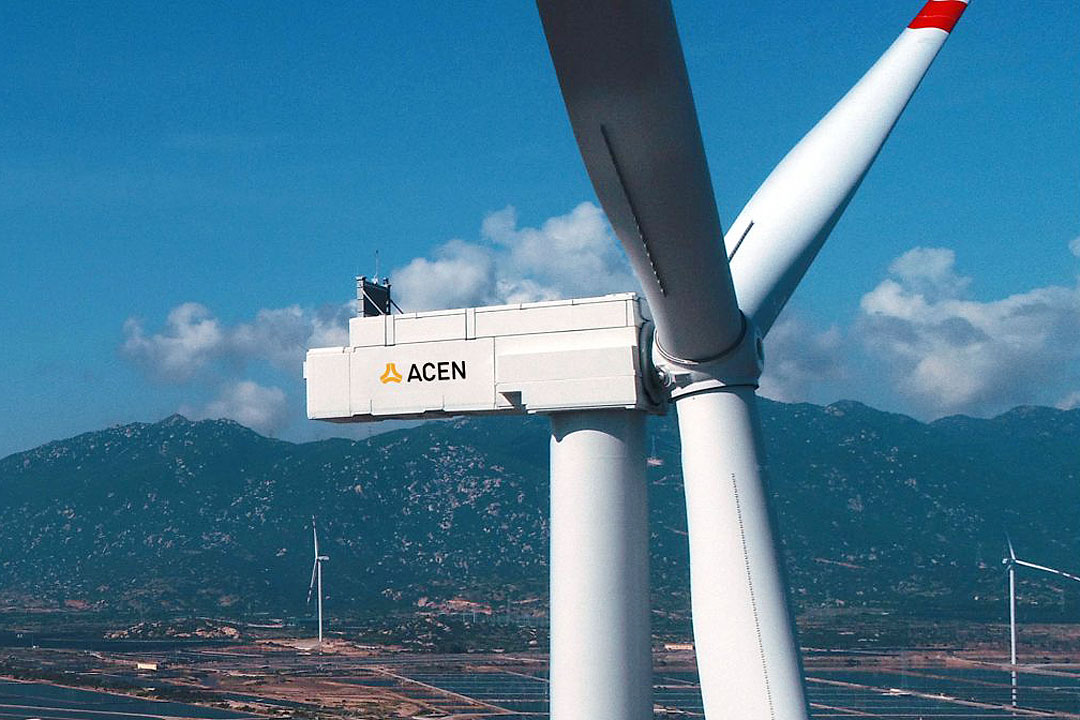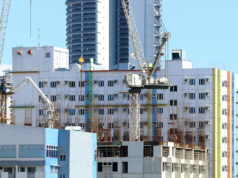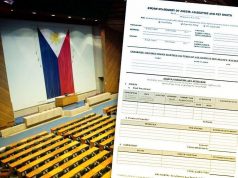Clarity sought on ‘green’ energy project economics

By Sheldeen Joy Talavera, Reporter
WHILE financing is readily available for green energy projects in the Philippines, the industry requires a clearer pathway to profitability to strengthen the investment argument, according to ACEN Corp.
 “I’m a little surprised by the assumption that climate financing in general is not available, right? Because there is a lot, certainly,” Miguel de Jesus, ACEN managing director and chief operations officer, said at the BusinessWorld Economic Forum: Unlocking Philippines’ Potential.
“I’m a little surprised by the assumption that climate financing in general is not available, right? Because there is a lot, certainly,” Miguel de Jesus, ACEN managing director and chief operations officer, said at the BusinessWorld Economic Forum: Unlocking Philippines’ Potential.
“I think a lot… has to do with getting the economics right on how to enable these energy transition opportunities,” he added.
Mr. De Jesus said developers and their financial backers have yet to see clarity on the revenue streams to be generated by energy-transition projects.
“At the end of the day, the banks want certainty of payment, right? And what’s important therefore is to ensure that (these projects have robust) revenue stream,” he said.
ACEN, the listed energy platform of the Ayala group, has initiated the early retirement of the 246-megawatt (MW) South Luzon Thermal Energy Corp., a coal-fired power complex.
The company has a target of scaling up its renewable energy capacity to 20 gigawatts (GW) by 2030.
Vincent Martin C. Villegas, senior vice-president and chief revenue officer of First Gen Corp., said the liberalization of foreign ownership rules will help accelerate the development of renewables.
“We can now have 100% foreign investors, which is a big thing,” he said.
Mr. Villegas noted the high levels of risk in geothermal exploration, where First Gen, through its subsidiary Energy Development Corp., is the industry leader.
Mr. Villegas said customers and generation companies are gravitating towards clean energy, adding: “It will take some time. It’s going to be a journey. But it’s a collaboration… That’s going to be an effort from across the entire country. But we’re quite hopeful. If you look at the targets, we think they are achievable,” he said.
First Gen, the power generation arm of the Lopez group, controls 3,668 MW in capacity from its portfolio of geothermal, wind, hydro, solar energy, and natural gas plants.
The company has set a capacity target of 13 GW by 2030.
Monalisa C. Dimalanta, chairperson and chief executive officer of the Energy Regulatory Commission (ERC), said the industry is moving on from the old model where projects were deemed bankable if they signed up one major offtaker.
“This is where government agencies like ourselves and the DoE (Department of Energy) are helping out, in recalibrating the narrative for the financing sector,” Ms. Dimalanta said.
She said various cash flows can now be tapped by the developer, and not necessarily the traditional streams provided by a distribution utility.
Ms. Dimalanta said other potential revenue streams have been liberalized, such as selling to contestable customers under the Retail Competition and Open Access scheme, and participating in the Green Energy Auction Program.
Energy Undersecretary Rowena Cristina L. Guevara said the DoE is pursuing discussions with the Department of Finance (DoF) on initiatives like geothermal de-risking, total electrification, energy efficiency and conservation, and the hybridization program of the National Power Corp.
She said the DoE is in “advanced discussions” with the Asian Development Bank (ADB) to obtain support for these programs next year.
Ms. Guevara said the energy transition should be “calculated and calibrated,” adding: “We don’t want to miss out on economic growth by suddenly turning off our coal-fired power plants.”
Ms. Guevara said that the DoE is coming up with a coal transition policy, having received a presidential directive to ensure the Philippines can deliver on its Nationally Determined Contribution under the Paris agreement.
The Philippines hopes to increase the share of renewable energy in its power generation mix to 35% by 2030 and 50% by 2040.



